Associate Editor Peter Hore reports on the discovery of Admiral von Spee’s flagship.
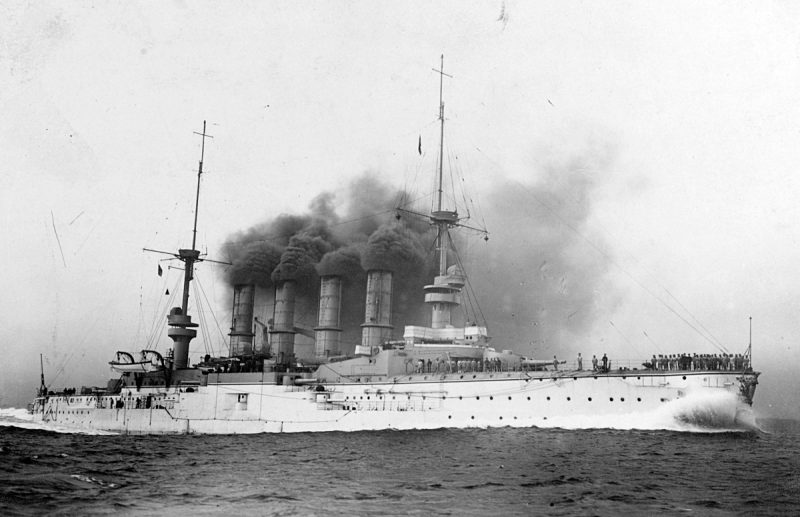
After a five-year search, the Falklands Maritime Heritage Trust has announced that the wreck of the German heavy cruiser Scharnhorst has been located off the Falkland Islands. Flagship of Admiral Maximilian von Spee’s East Asia Squadron, the Scharnhorst was sunk on December 8, 1914.
The leader of the search for the wreck, Mensun Bound, a noted naval archaeologist and fifth-generation born Falkland islander said it was “with mixed emotions that we announce the discovery of SMS Scharnhorst.” He added: “After a search that began five years ago, on the centenary of the battle, we are very proud to be able to shed further light on what was a defining point in WW1, and therefore a landmark moment in modern history. As a Falkland Islander and a marine archaeologist, a discovery of this significance is an unforgettable, poignant moment in my life.”
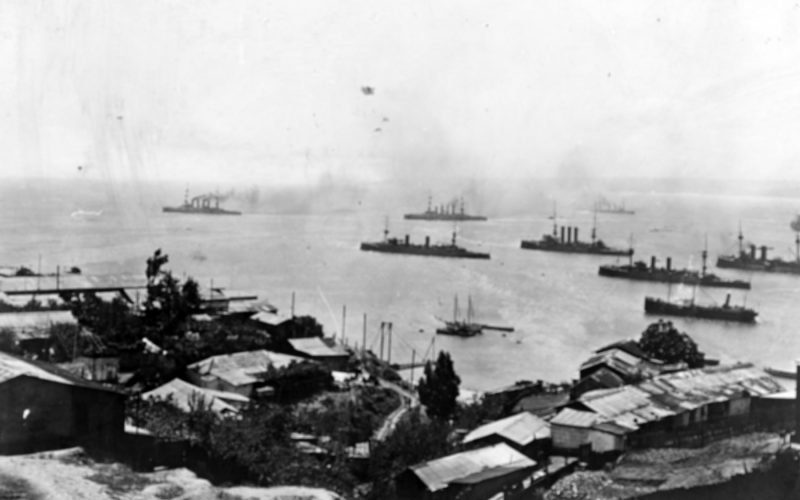
However there remains work to be done on what Mr Bound described as “this important project.” He said: “We will continue to assess the images that we have captured and, in time continue to search for the remainder of the German fleet that took part in the battle, in order to provide greater understanding of the events of that day, one hundred and five years ago.”
The WW1 Falkland Islands clash followed the Battle of Coronel, fought off the coast of Chile in November 1914. The German East Asia Squadron, under the command of Admiral von Spee was trying to break back to Europe and during the earlier clash overpowered a British squadron under Admiral Kit Cradock.
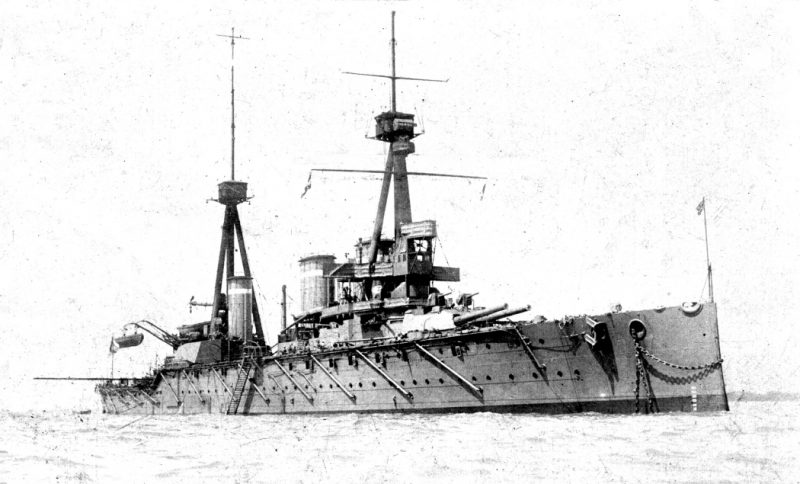
From Britain, two of the latest and fastest battle-cruisers, HMS Inflexible and HMS Invincible, were sent to the South Atlantic on a mission of vengeance. Invincible and Inflexible were detached from the Grand Fleet – the main naval striking force of the British navy – and hurried south under the command of Admiral Doveton Sturdee.

Five weeks later, on December 8, 1914, Sturdee intercepted and defeated von Spee’s squadron. Four German ships, including the heavy cruisers Scharnhorst and Gneisenau, and light cruisers Nurnberg and Leipzig were sunk. Scharnhorst, built at Hamburg in 1905, was the first to go down, having sustained substantial damage. Some 2,200 German seamen died, including von Spee and his two sons, Heinrich (in Gneisenau) and Otto (in Nurnberg).
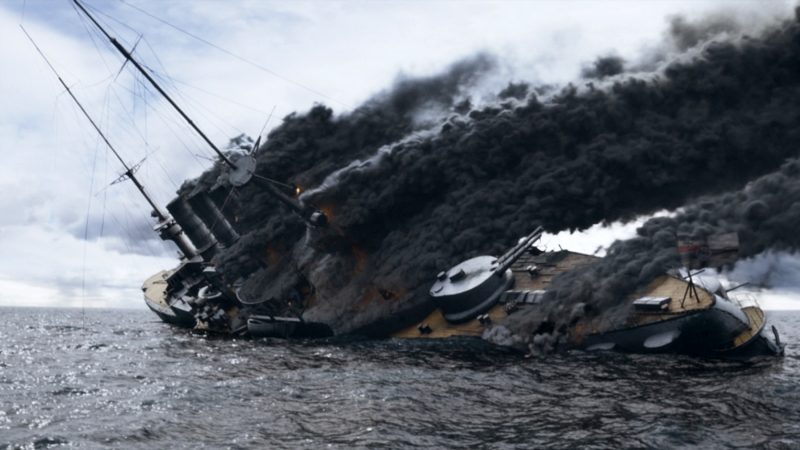
THE discovery of the Scharnhorst wreck truly is a milestone in a quest to locate all of the German ships lost during the battle. The search began in 2014 but initially drew a blank. However, five years later, using a fleet of state-of the-art Remotely-operated Vehicles (ROVs) it was successful. Scharnhorst was discovered on the third day of the search, at a depth of 1,600 metres.
On finding the Scharnhorst wreck, the team on board the search mother ship held a service of remembrance at the site, in order to honour the memory of all who died during the battle.
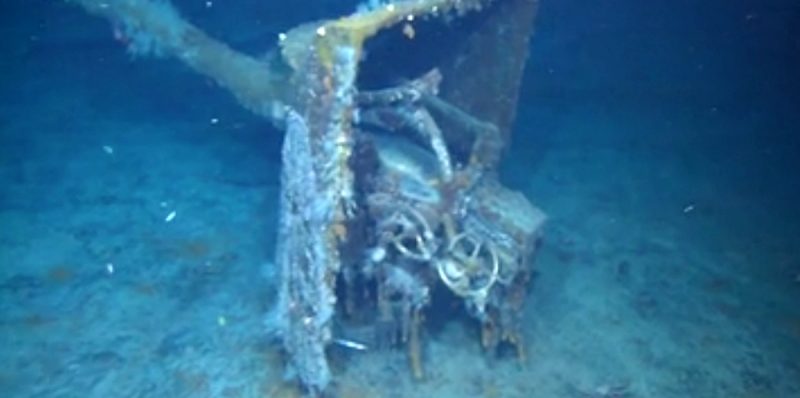
The film production company TVT has been recording the search since it began five years ago. It is claimed by experts with deep knowledge of the Battle of the Falklands that new information is being revealed. According to the Falklands Maritime Heritage Trust experts who viewed even “unedited clips” from TVT have confirmed “that they reveal new information about this important episode in British and German naval history.”
Donald Lamont, chairman of the Falklands Maritime Heritage Trust, said of the Scharnhorst discovery: “Over the last few years we have been commemorating the millions who died in WW1. One episode in that conflict was the Battle of the Falklands in 1914. The search we organised had as its aim the locating of all ships of the German squadron, so that we may learn more about the battle and commemorate all who perished in it. The site of the wrecks can now be protected.”
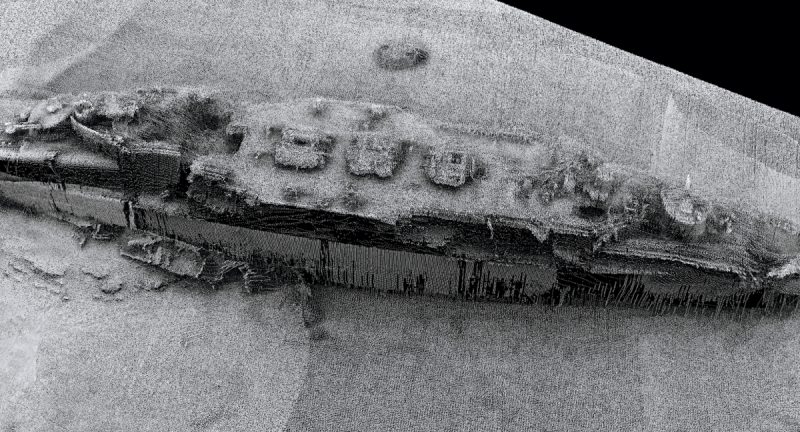


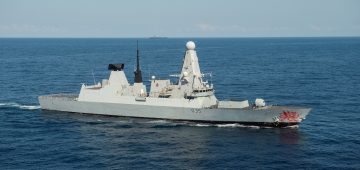




Comments
Sorry, comments are closed for this item